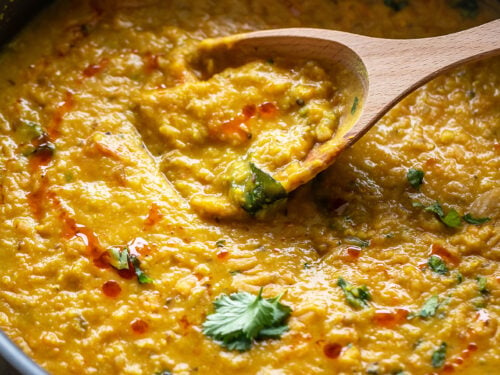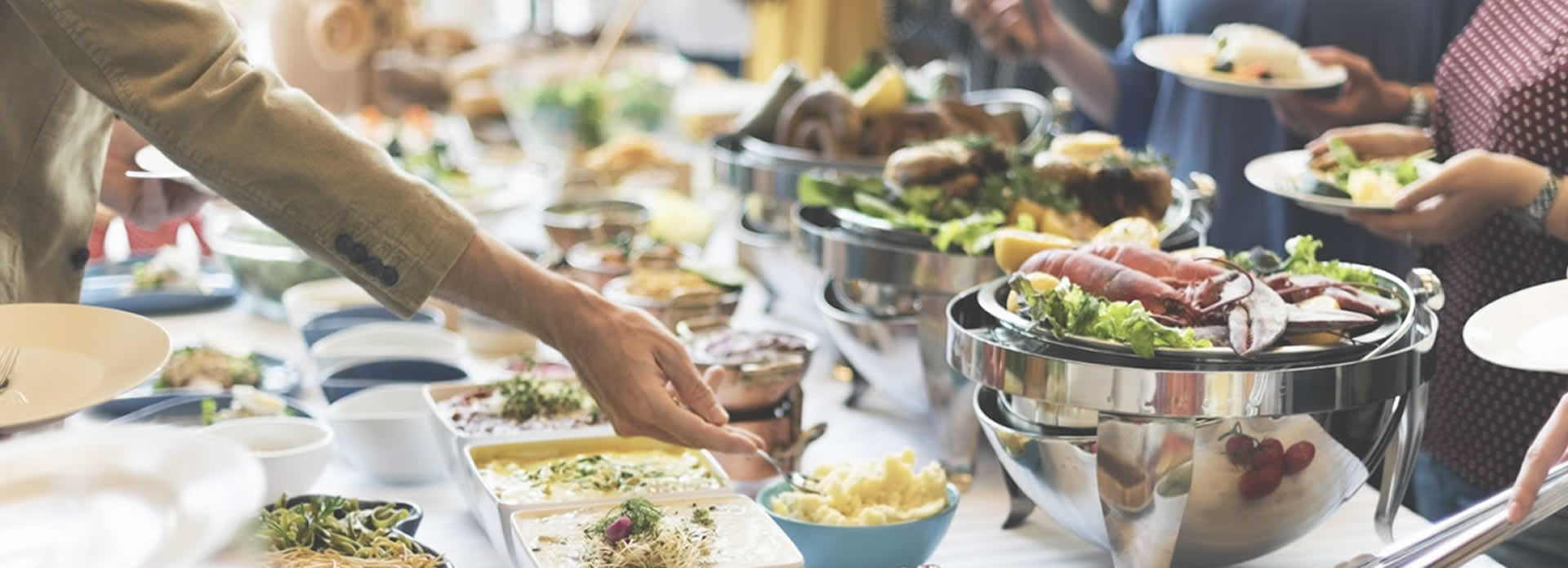Yes, It’s Totally Possible to Meal Prep Your Baby’s Food

Once a baby is ready to start solid foods, families may choose one of three feeding routes: feeding babies store-bought baby foods, following baby-led weaning guidelines, or making their own baby food from scratch. If you’re curious about making your own baby food, keep reading for tips and tricks!
Related: 20 Baby Food Purees That Are Anything But Boring
Why Should I Make My Own Baby Food?
Some families choose to make their own baby food for a variety of reasons. Whether it is to know exactly what is going into their baby’s body or to provide their baby with the freshest ingredients, there are a variety of motivations to whip out the blender for baby food prep. Some families may combine using homemade baby food in conjunction to using jarred baby food and/or baby-led weaning – basically they do whatever works best for their own family.
What’s the Best Way to Prepare Homemade Baby Food?
We turned to Katie Thompson, a registered dietitian and founder of Square Baby, a baby food company that makes and delivers homemade, high-quality, organic baby food, to answer some common questions families have when they make homemade baby food. In other words, she is a homemade baby food pro.
Thompson shares that food safety is of utmost importance when preparing homemade baby food. Hands should be washed thoroughly, and all working surfaces and equipment should be scrubbed with antibacterial soap and hot water.
Once your space, equipment, and hands are squeaky-clean, the ingredients should be prepared appropriately; produce should be scrubbed, peeled (if needed), and seeded if seeds could pose a choking hazard. Bones, skin, gristle, and connective tissue should be removed if meats are included.
To cook the food, Thompson offers some tips:
-
If boiling the food, use a small, covered saucepan with a small amount of water and cook the ingredients until they are tender. The less water used, the more nutrients will be retained in the food.
-
When pureeing, you can use a blender, food processor, baby food grinder, baby food maker, spoon, or fork – all work!
-
If you need to thin the puree out, use a liquid such as breast milk, infant formula, bone broth, yogurt, or water to achieve the desired consistency.
How Should I Store Homemade Baby Food?
If you made more baby food than what your little peanut is going to eat at a meal, you have a few options for how to store your baby food:
-
Store the food in an airtight and clean container in the refrigerator at or below 40 degrees Fahrenheit. Like most other prepared produce, pureed baby food should be consumed within 48 to 72 hours of cooking and processing. Don’t store food that you’ve served to your baby, but hasn’t been finished, and potentially has your baby’s saliva mixed into the food. This can lead to some health issues down the road. You should feed your baby a portion in a separate container and dispose of any uneaten food from that container.
-
To freeze baby food, Thompson suggests using ice cube trays as a vessel. She explains that you can “scoop pureed baby food into clean ice cube trays, cover them with plastic, and stack them in the freezer. Ice cube trays are ideal for creating individual, 1-ounce servings so less food goes to waste. And you can mix and match 1-ounce cubes for variety.” Families can also explore 2- to 4-ounce containers with a resealable lid. She suggests choosing an option that is microwave, dishwasher, and freezer-safe if possible.
How Long Can Homemade Baby Food Be Kept Frozen?
Thompson recommends that people store baby food in the freezer for up to six months. She advises storing in an airtight container with minimal air or headspace. For optimal taste, quality, and nutrient retention, she shares that frozen baby food should be consumed within 1 to 3 months.
Related: Squeeze It! 6 Pouches That Allow Mama to Make and Take Baby Food Anywhere
How to Defrost Homemade Baby Food?
“The best way to thaw baby food is to put tomorrow’s food in the fridge and let it thaw overnight,” advises Thompson. The “defrost setting” on the microwave can be used if your baby food is in a microwave-safe dish. Any food that has been thawed should be kept in the refrigerator and either consumed or thrown away within two days. Do not re-freeze thawed baby food.
How to Heat Homemade Baby Food?
There are a few options for how to heat homemade baby food. “Many meals are best when warmed,” says Thompson “Many ingredients like bone broth and coconut milk are naturally more solid when cold, so warming the meals makes them smoother and tastier.”
Thompson explains two heating options for thawed baby food:
-
Microwave: Put desired portion into a glass or microwave-safe container and microwave for 10 seconds at a time. Stir (to eliminate hot spots), check temperature, and microwave again if needed until desired temperature is reached. Do not microwave the plastic containers.
-
Stove: Put a glass container of baby food in a saucepan with shallow water (the water level should be about one-half to three-quarters up to the top of the jar/dish – don’t submerge it). Slowly warm over low heat, stirring often.
Be sure to stir and test the temperature of food before feeding it to your baby, Thompson instructs. The food should be lukewarm before served.
Once Thawed, How Long Does Homemade Baby Food Last?
According to Thompson, once thawed, baby food should be consumed within two days. If the baby food was not stored in the refrigerator, was exposed to baby’s saliva via her spoon, or just looks or smells questionable, it is wise to toss it to prevent any unwanted outcomes.
Making homemade baby food is a simple way for families to nourish their babies and ensure that they are not eating too much of ingredients like salt, artificial colors, or preservatives found in some pre-made options. Making homemade baby food can take a little bit of time out of your day, but in the long run you can feel good knowing that your baby is getting exactly what you want it to get.






